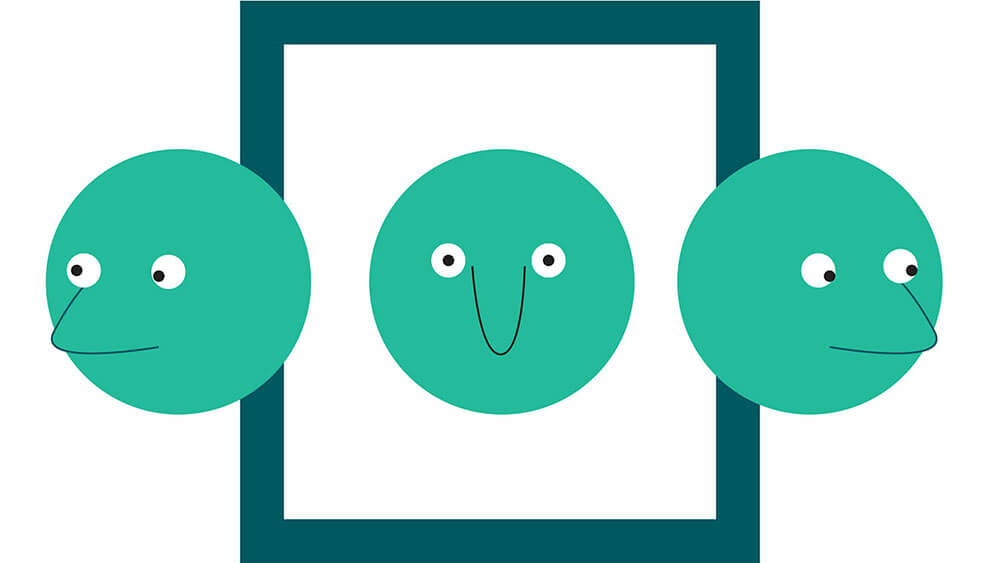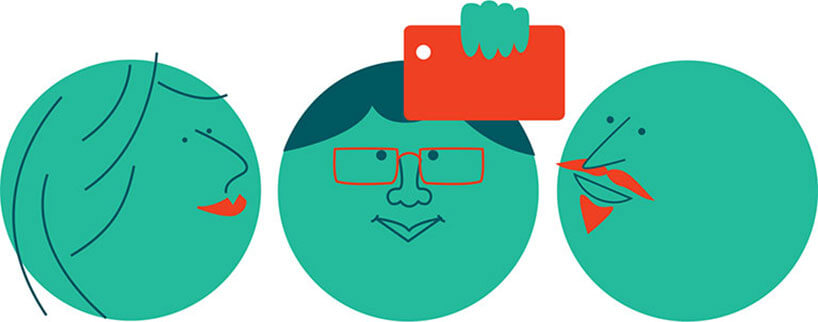If humans were perfectly rational decision-makers … we might make a mental calculation about the value of events that looks something like this: the sum of the number of new connections made, the quality of the keynotes, and how highly you rated the venue and the food — along with, joked Charlotte Blank, chief behavioral officer (CBO) at Maritz, “some sort of variable around cocktails.”
But, “of course, that’s not how it works,” added Blank, who spoke about the intersection of event design and behavioral science at the PCMA Education Conference in June. “Humans aren’t economic calculators. We’re much more complex and nuanced than that.”
Our brains, in fact, operate on a kind of dual-processing system. We think that we make decisions based on logic, unaware of the unconscious influences that affect our behavior and judgment, said Blank, who earned a BS degree in neuroscience and behavioral biology from Emory University and an MBA from Harvard Business School. “We know what it feels like when we’re going through rational calculation and reasoning,” she said. “But while all that’s happening, there’s a whole body of decisions that are occurring automatically, habitually, and non-consciously.” Behavioral science, she said, is really about the study of unconscious influencers and using that knowledge “to more predictably understand how people might behave.”
Blank was appointed CBO in 2017 at Maritz, where she leads the company’s behavioral science and innovation practice. Prior to that, she worked in neuro-marketing and global branding at companies including Turner Broadcasting and General Motors.
“I’ve kind of hopped around a good bit in different industries, but the thread that has run through [my career] has been passion and curiosity for the human psychology — what makes people tick,” Blank told Convene. “What I’ve learned about the event space is that it, in itself, is a rich and interesting experience from a human psychology perspective, because you’re bringing people together. That’s inherently social, and there are all kinds of things that happen when we want to be together as a social species.”
In her talk and in her interview with Convene, Blank zeroed in how behavioral science can be applied to designing event experiences. “Event strategists already know a lot, institutionally and experientially, about the psychology of events,” Blank said. What she and her group do, she said, is use research to not only describe why things work the way they do, but to test ways to make them work even more effectively.
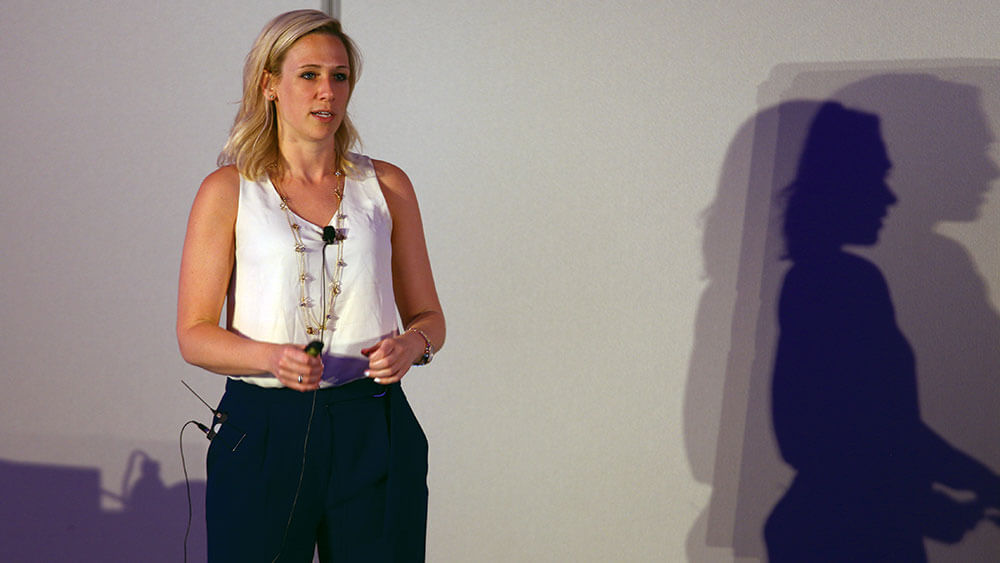
Charlotte Blank, chief behavioral officer at Maritz, spoke about the intersection of event design and behavioral science at the PCMA Education Conference in June.
‘More Than the Moment Itself’
At Maritz, designers break experience down into eight different phases, “starting from the moment an event is announced,” Blank said, “all the way through to extending the event long past the time people have exited.” Those eight phases, in order, are: announcing, attracting, anticipating (pre-event); arriving, entering, engaging, exiting (during event); and extending (post-event).
“The key takeaway,” Blank said, “is that the experience is so much more than the moment itself.” As a behavioral scientist, Blank also looks at what’s termed “experience utility,” and thinks about what happens in our brains from different vantage points: when we think about events in advance; during an event itself, and “most importantly, perhaps,” she said, “how we take that experience with us, for potentially the rest of our lives, in our memories.”
The Experience Before the Experience
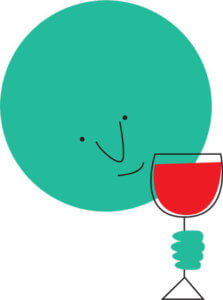
Unconscious influences affect our behavior and judgment, says behavioral scientist Charlotte Blank. (Esther Wu illustrations)
Event planners have the opportunity to shape experience long before an event begins, through creating a sense of anticipation, Blank said, in the way the event is marketed. “Expectations have a huge effect on our experience.” One way in which they do is through a phenomenon called “pre-savoring,” Blank said. “If you have an upcoming vacation to Mexico, all you can think about is being on the beach. You start to live it before you even get there.” What’s interesting about the pre-savoring concept is that not only does a person have an experience before the event occurs, but taking the time to pre-savor an event before it happens also enhances enjoyment while you’re actually experiencing it, she said, adding: “It’s a double win.”
Our expectations also have a tangible effect on our actual experience, Blank said. She cited an experiment conducted by psychology professor Dan Ariely in which subjects tasted beer that had been mixed with a little vinegar. People who were told in advance that vinegar had been added to the beer rated it as being less tasty than people who tasted the beer without knowing that vinegar had been added. And people who are told that wine is more expensive consistently rate it more highly than wine that they are told is less expensive, Blank said. The phenomenon, called “top-down interpretation,” demonstrates how powerful non-conscious influencers are on our preferences, Blank said. “One common question I get when we talk about expectations is, ‘What about under-promising and over-delivering? Isn’t it also true that if you set expectations too high and then you fail to deliver, the dissonance results in a negative experience?’ My general point of view on that is, yes, if you’re vastly over-promising, but for the most part, it’s better to err on the side of setting positive expectations.”
Another approach to setting positive expectations, in addition to your marketing messages, is to encourage ways for attendees to think ahead about the event. Blank suggests starting “to cultivate relationships between attendees in advance. Or ask [them], ‘Why are you going and what’s your intention?’ For me, it makes a huge difference. We all go to a lot of events and sometimes just kind of show up and wonder, ‘Where do I go?’ But if you have a bit of a plan or even better, some kind of goal or vision for what you want to get out of it, it also makes you enjoy it more.”
Don’t ‘Innovate’ and ‘Optimize’
Another powerful influencer on experience has to do with the language that we use to describe the purpose of events, Blank said. Although most leaders and organizations resort to abstract language to communicate, using concrete, image based words is far more effective, she said, citing research by Andrew Carton.
Carton, a professor of management at the Wharton School at the University of Pennsylvania, analyzed the corporate value statements of all of the Fortune 500 companies, and found that there was almost no discernible difference between what the companies had to say about themselves, Blank said. “They all used words like ‘synergy’ and ‘innovation’ and ‘optimization.’” But when companies use concrete and specific language to describe their purpose, Carton’s research showed, “it actually creates greater collaboration and has people working toward goals in a more effective way,” she said.
What’s so important is that sense of shared cognition.”
 A classic example, Blank said, was the race in the United States to put a man on the moon. “It was so mobilizing and so energizing for our nation in the 1960s, and I think it’s telling that our leaders didn’t choose to say something like: ‘We endeavor to create the most technologically advanced space mission for the Hominid Lunar Transport.’ No, it was: ‘We’re going to put a man on the moon.’ What’s so important is that sense of shared cognition and how it gives people a shared vision.”
A classic example, Blank said, was the race in the United States to put a man on the moon. “It was so mobilizing and so energizing for our nation in the 1960s, and I think it’s telling that our leaders didn’t choose to say something like: ‘We endeavor to create the most technologically advanced space mission for the Hominid Lunar Transport.’ No, it was: ‘We’re going to put a man on the moon.’ What’s so important is that sense of shared cognition and how it gives people a shared vision.”
In the context of event design, ask yourself, ‘When I think of my event being a success, what do I see in my mind’s eye? What does that actually look like?’” she said. “It really goes a long way to think about the words you’re choosing when you are setting a vision.”
Curiosity, FOMO, and JOMO
Humans have an instinct to resolve their curiosity, Blank said — you could even say we are “shockingly curious.” One of her favorite pieces of research underscores the fact that humans are so curious, they will even go against their own best interests to resolve uncertainty.
In the experiment, when people were told that some pens would carry an electric shock when they were picked up and some would not, and then left alone in a room with the pens, most people were willing to risk a shock just to find out which pen was which — even though there was no benefit to them, Blank said. “It is really a great area of opportunity that planners could spend some time and effort on designing around and really have a lot of fun with,” she said.
On a related note, what about invoking the fear that if people don’t attend your event they will be missing something valuable? While Blank said FOMO (the fear of missing out) is a very powerful technique — which she herself is vulnerable to — “it’s a double-edged sword, too, because it can create some stress.” That happens on site at some events, with so many options offered. People are confronted with “this sort of choice overload,” she said, and experience a sense of missing out, “no matter what they choose.”
Rationally speaking, more choice is better — giving people more options to choose from — but “after a certain point, when you’re reminding people of all the other things they could be doing but don’t have time to do, that can backfire and make people feel some regret, even if they’ve picked the best options for themselves,” Blank said. “We often encourage people to think about offering curated choice — you want to show that you have ample options, but you don’t want to go too far with that.”
One fun thing to play with at an event, Blank added, is JOMO — the joy of missing out. “A trend that I see is building in more white space on the agenda or blocking off time where attendees can reflect and journal on what they’ve learned or spend some time thinking about what they want to do next,” she said. “Or logging some time for meditation. I think the industry is recognizing that people need a little bit of downtime and reflection.”
Should We Invite Tech?
The act of documenting and sharing our experiences by taking pictures with our smartphones — via selfies and otherwise — is ubiquitous, including at events. And although some research has been done about how taking pictures affects our experience, Blank said, “there’s not a lot that is specific to events.” There’s a huge opportunity to do more research in that area, she said, in terms of “what happens when people take photos at events and how does that affect their takeaways?”
There’s some initial evidence to suggest that taking photos at an event does enhance people’s memory of their experiences. An important caveat, however, is that it matters why they’re taking photos, she said. “If you are out with your family and taking in the sights of a national park and you really want to commemorate the experience,” she said, then taking the photo “to savor and keep in your memories is shown to be a really good thing.” But if the intent in taking a photo is just to share it, she said, it “can actually detract from the experience.”
Blank said that this is one area that she’d love to start testing at events — “even simple tests like where, in similar tracks, half of the attendees are prompted to take photos and half are prompted to take notes and we compare memory and engagement.
Research has shown that the very presence of laptops is a distraction and that hurts the retention of the material” the attendee is aiming for. Those findings are “very similar to the research we’ve seen on social settings with people bringing their cell phones with them,” she said. “Even just the presence of a cell phone on the table, even if it’s been [face] down, causes people to engage less in conversation.”
There’s a whole new world of opportunity to do research.”
While more work needs to be done in this area, Blank acknowledged that it might be “a foregone conclusion that digital devices are just an extension of our experience and the questions will evolve into how we can best optimize event design so that we’re working with the new reality that we’re all going to have our phones in our hands. How do we make it work with us and not against us? There’s a whole new world of opportunity to do research.”
We Remember the Peaks and the End
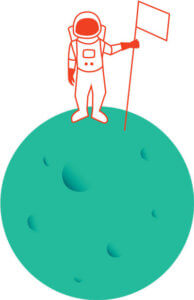 Experiences are more than moments — but the moments themselves can matter the most. That’s because there is a difference between the self as we experience events and the self as we remember them, Blank said. “They’re actually quite different, because we remember things in a biased way. The way that we take our experiences with us is not at all the same as how they were when we experienced them.”
Experiences are more than moments — but the moments themselves can matter the most. That’s because there is a difference between the self as we experience events and the self as we remember them, Blank said. “They’re actually quite different, because we remember things in a biased way. The way that we take our experiences with us is not at all the same as how they were when we experienced them.”
Blank pointed to a cognitive bias called the “peak-end rule,” first identified by the Nobel Prize–winning psychologist Daniel Kahneman. In a nutshell, it means that when we look back on an event, we don’t take all of the moments we experienced and average them, Blank said. Instead, we are “biased to remember the peak moments of emotional intensity — the strongest moments, positive or negative — as well as the end of the event.”
The experience “of having a transformational, fantastic experience or event,” is one with which we are all familiar, she said. Yet, “the last thing we take away is the bill under the door. Is that the best that we can do? I don’t think so. There’s definitely something that we can leave people with, whether it’s at the event itself or even beyond. So design for the remembering self.”
Download “The Eight Phases of a Successful Event” Maritz ebook at convn.org/Maritz-8.
Test Time
Earn one clock hour of certification credit by reading the story and the following posts from PeopleScience, peoplescience.martiz.com, a resource of research and insight on behavioral science which draws from a partnership between Maritz and a network of leading scholars.
- “Are Rituals Performance-Enhancing Drugs?” by Elaine Appleton Grant, convn.org/rituals.
- “Know Your Nuggets: Peak End Rule,” by Bob Sullivan, convn.org/peak-end-rule.
- “On the Ethics of Applying Behavioral Science,” by Dan Ariely, convn.org/CBO.
- To earn certification clock hours, visit pcma.org/convene-cmp-series to answer questions about information contained in this CMP Series article and the additional material.
The Certified Meeting Professional (CMP) is a registered trademark of the Events Industry Council.

